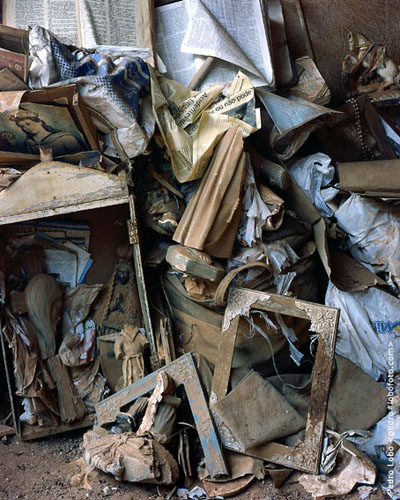Pedro LOBO
This post is also available in:
 French
French
Brazilian popular culture has always found in religion an important venue of expression. Public and private altars, oratories and images are the foremost and original forms of expression from the very beginning of colonization. Historically in Brazil, religious art and artifacts are the main objects of cultural dissemination, integration and preservation. The dominance of the Church and faith in private and public life from the discovery to the first half of the 20th century has privileged and enforced Catholic imagery as an almost exclusive form of artistic expression. Painters and sculptors worked solely with religious subjects. Popular artisans reproduced this imagery according to their material possibilities and technological capabilities permeating most aspects of Brazilian popular culture, from churches, chapels and altars to folklore manifestations or festivities of religious origins. The more permissive ways of the Portuguese colonization allowed for racial miscegenation and, with it, a blend of cultures and religions. This ebullient encounter of races, cultures and religions is the major ingredient in the formation of the Brazilian national identity. The current transformation of the Catholic Church and the constant increase of the Evangelical faith is having an enormous impact on the preservation of these cultural and artistic expressions. Many chapels and oratories in the smaller communities of the countryside are subject to desacralization and vandalism. Other spaces of devotion are being given new forms and functions by the people who use them. The environment is also under great impact, waterfalls and caves are being used as natural temples or shrines where the use of candles and offerings is often practiced



